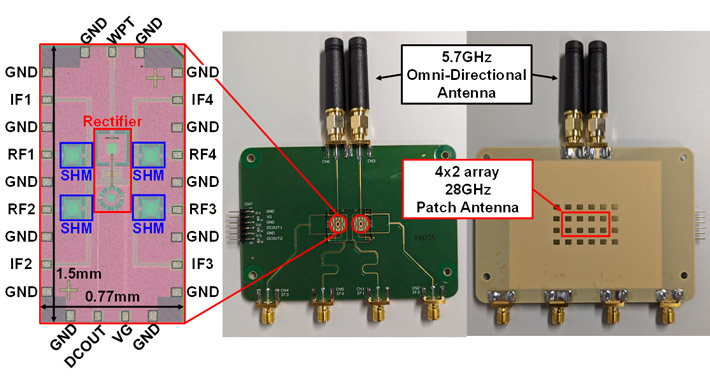
As 5G and 6G networks expand, they promise a future of incredibly fast and reliable wireless connections. A key technology behind this is millimeter-wave (mmWave), which uses very high-frequency radio waves to transmit huge amounts of data. To make the most of mmWave, networks use large groups of antennas working together, called massive Multiple-Input Multiple-Output (MIMO).
However, managing these complex antenna systems is challenging...
Read More









Recent Comments